Most Common MacBook Problems and How to Fix Them
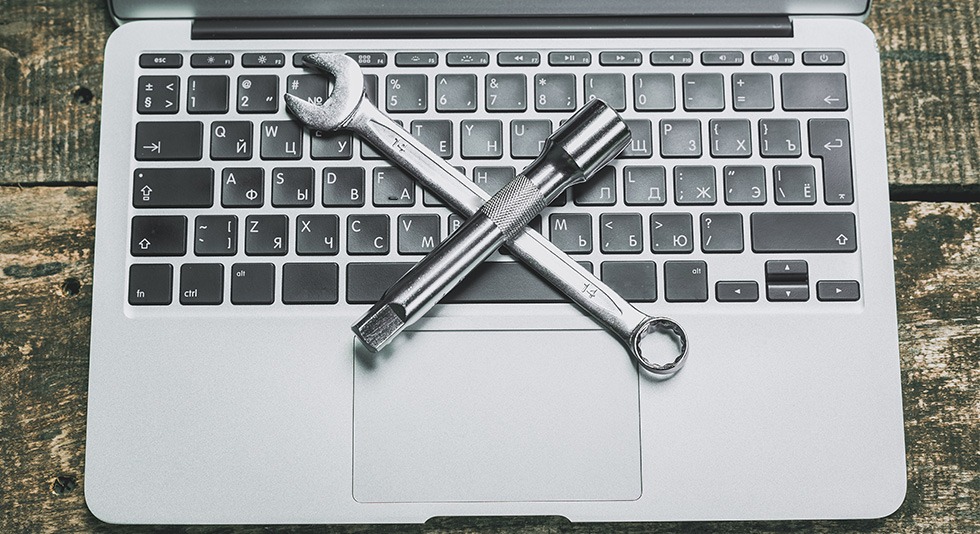
MacBook Pro is one of the finest computers ever made. The astonishing features and the power it holds truly justifies its rather high cost. But is the MacBook Pro free of issues and problems? Well, no machine (that includes other devices that are not computers as well) connected to the internet is 100% secure and problem-free. As humans tend to get sick, so does a MacBook Pro incur problems and issues of various types. Let us discuss the most common MacBook problems and their quick resolutions.
| Pro Tip |
|---|
|
Keeping a strong optimizing software in Mac can save the system from multiple problems like frozen or flickering Mac, overheating issues and much more upcoming problems. This is why we recommend you to install Disk Clean Pro in your system today! It is because this software has capacity to:
|
Most Common MacBook Problems:
List of Common Macbook Problems
1. MacBook Pro is Frozen issues
One of the most common expressions by a Mac user is “My MacBook Pro is Frozen”. This happens when the system is running more apps than it can handle, your storage is almost full, or there is a system file error. If you face the issue of an unresponsive MacBook Pro, then here are a few steps that you can follow:
Step 1. Hold the Options button on your Keyboard, and click on the all the app icons from the dock. This will force quit all the running apps one by one.
Step 2. If your mouse cursor is unresponsive as well, then you can press and hold the Option + Escape + Command buttons simultaneously on your keyboard. This will enable the Force Quit Menu on the screen. You will get a list of apps that are currently running and can choose which apps you want to shut down.
Step 3. The final option if nothing else is working is to hold the power button on your keyboard until your MacBook restarts.
Note: If this MacBook Pro issue persists then next time you log in your system, then you will have to try to reset your SMC and NVRAM as the next step.
2. MacBook Pro Shutdown Issues
The MacBook Pro is Frozen issue is extended to MacBook Pro Shutdown issues. It is not the same as the system only freezes when you try to shut it down and does not log off. You can wait as long as you want, but your MacBook Pro would simply refuse to shut down. In such cases, try the following steps:
Step 1. Force quit all the apps as it might be an app that would be running in the background and trying to prevent the system from shutting down.
Step 2. Check for Updates and ensure that all updates are installed.
Step 3. Run the Apple Diagnostics tool to check if your MacBook Pro is facing any issues.
Step 4. Reset the NVRAM and SMC.
Step 5. The final step, if you are still facing the MacBook Pro shutdown issues, is to Power Off your MacBook Pro by holding the Power Button for 10 seconds and then try restarting it in the Safe mode. A reboot in the safe mode would automatically fix most of the MacBook Pro issues.
Step 6. Restart your MacBook Pro and check again.
Also Read: How To Fix “Photoshop Scratch Disk Full Mac” On Mac?
3. The MacBook Bluetooth won’t turn on (or off)
If you are facing issues with Bluetooth on your MacBook Pro, then you can check the Bluetooth status of your system by these steps:
Step 1. Open System Preferences on your MacBook Pro and locates Bluetooth.
Step 2. Click on Bluetooth and check it t is turned on. Also, check for the list of devices currently connected.
Step 3. Disconnect all the connected devices, if any, and toggle the switch to off and then on within a few seconds.
Step 4. If you still connect your device via Bluetooth to your system, then restart your MacBook Pro and try again.
Step 5. The final step if everything else fails is to open the Terminal and type in a command to force a reboot of the Bluetooth. You can copy the command from here and paste it in the Terminal Window:
“sudo rm -R /Library/Preferences/com.apple.Bluetooth.plist”
Step 6. Press the enter key on your keyboard. You may have to enter your password once to this command to execute. Restart your MacBook Pro and try again.
4. MacBook Pro Is Not Charging
If your MacBook Is facing issues with Power that includes not charging or sudden shutdown of your system, then here are some steps you can follow.
- Inspect the charger physically for any signs of wear and tear or burn marks.
- Remove the battery of your MacBook Pro and run the system connected to A/C cord. If you face no issues when connecting to the A/C outlet, then there is an issue with your battery which needs to be replaced.
- The final step if MacBook is not charging or facing power issues is to Reset NVRAM/ PRAM and SMC to resolve this MacBook Pro issue.
Note: If the reset of PRAM/NVRAM does not work then it is time to visit the Apple Store.
5. MacBook Pro Overheating
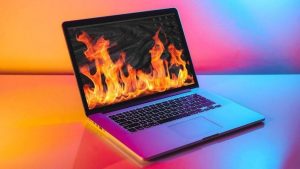
Heat is produced when there is a machine running, and there is no flow of air. The main reason for your MacBook Overheating depends on where you place your system. Keeping it on your bed or pillow will block the vents on the side and leaving no place for the heat to escape. Other reasons can include a fault in the hardware like the cooling fans or heatsinks located in your machine.
Other than the two hardware issues mentioned, sometimes the software installed can also arise MacBook Overheating issues on your system. Any third-party app that is used for encoding/decoding purposes can easily consume a large number of system resources resulting in MacBook Overheating issues as there is a possibility that your system does not have enough CPU power to handle that app. Also, many apps running at the same time can cause the machine to overheat.
Trying to close the apps, especially which consume most of the CPU resources by following these steps:
Step 1. Open the Activity Monitor, where you will find a list of apps currently running in your system along with the respective CPU usage.
Step 2. Locate those apps which consume the maximum percentage of resources and force quit them.
Step 3. This will help lessen the burden on your system and thus resulting in cooling it off.
Note: To open Activity Monitor, open Application > Utilities > Activity Monitor.
6. MacBook Pro Running Slowly
If you feel that your MacBook Pro Speed is running slowly, then this symptom is the direct result of your system doing more work than it is capable of. A computer runs efficiently only if it has enough free RAM and free Hard Drive space. If not, then the system starts to slow down. The best possible hardware resolution is to get a new MacBook Pro. However, if you know that you have a relatively new machine, then you could focus on and fixing the software issues and optimizing your MacBook Pro.
The simplest steps could actually resolve this MacBook Pro issue like:
1. Restart your MacBook Pro.
2. Check for Updates and complete them.
3. Check the Activity Monitor and find out which app is consuming the maximum percentage of the resources.
4. Check your Hard disk space. You must have at least 20% free so that the system can use it for temporary use if needed. Take a backup of less important files and delete the unwanted ones.
5. Clear your desktop icons as displaying a lot of icons on desktop consumes resources.
If nothing works from the above steps, then it is time to let a professional handle your system and this can be done in two ways:
1. Take your MacBook Pro to an Apple Store.
2. Install a System optimizer software that would resolve all your current MacBook Pro issues and prevent further issues with a few clicks.
7. MacBook Pro Spinning beach ball
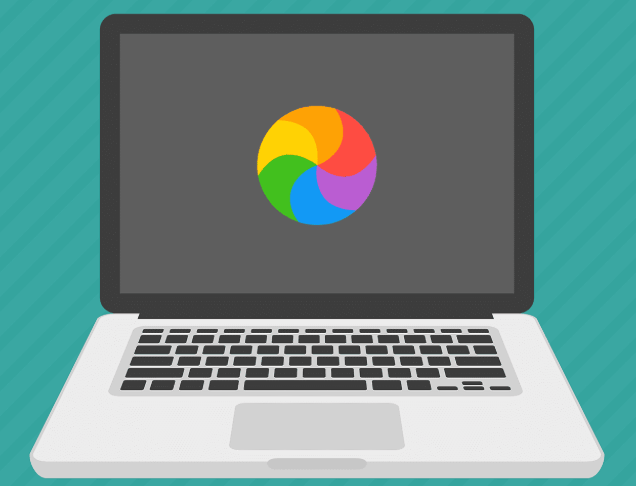
The spinning beach ball you see in your MacBook is a sign that means your system is working on something and needs more time to complete the tasks at hand. It is quite normal, and there is nothing to panic about. But if you see the beach ball quite often then it is a cause to raise the alarm and check certain things about your MacBook like:
Check 1. Open the Activity Monitor and try to see which app is consuming a larger portion of your CPU resources. Try to force quit the app and then see if the spinning beach ball appears.
Check 2. In the Activity Monitor window, locate the real-time statistics of the memory being consumed.
Also Read: macOS Catalina Issues And How To Fix Them
8. MacBook Pro Screen Flickering
MacBook Pro Screen flickering issues are a common problem, and there is an easy resolution to fix them. The first step is obviously to check signs of hardware damage. If there is no physical damage, then this could be a software issue in which case you need to follow these steps:
Step 1. Check for MacOS Updates and update your system.

Step 2. Reset NVRAM as this can resolve many MacBook Pro issues at the same time.
Step 3. Restart your MacBook Pro in Safe Mode and check if you are facing the same issue. If you are not facing the flickering screen issues on your MacBook Pro while logged in Safe mode, it implies that a third-party app is causing this MacBook Pro issue.
Step 4. Check for the start-up items and try disabling one by one to isolate the app, causing the trouble.
9. MacBook Pro External devices Issues
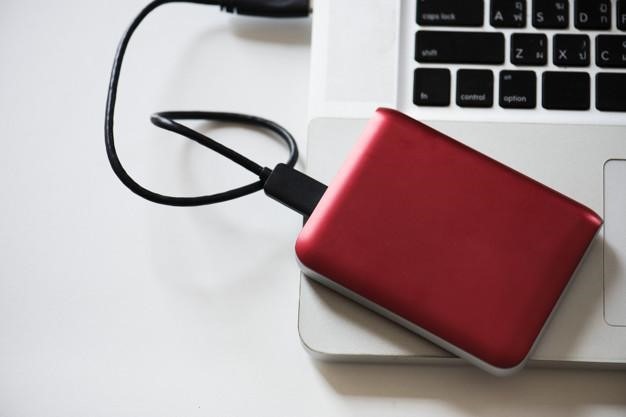
Some of you may face issues while connecting external drives to your system. These MacBook Pro issues come under the category of MacBook Pro External Devices Issues and can include your smartphone, hard drives, and flash disks. To resolve this MacBook Pro issue, there are a few steps which you need to consider:
Step 1. Verify if the device in question works properly, and has no connection issues on other devices. Once verified, we can be sure that there is nothing wrong with the device and the problem lies with your MacBook Pro.
Step 2. The next step is to verify that the device has been plugged into the right port. This can be further clarified if you connect another device to the same port and check if it is working properly.
Step3. Make a physical check at the Port and the cable connecting the device to check for signs of wear and tear if any.
Step 4. Unplug the device and reboot your MacBook Pro. Once it is restarted, then try connecting your device again and check.
Step 5. The final step which can resolve most of your issues is to reset the PRAM/NVRAM and SMC and see if it helps.
Note: Sometimes, compatibility issues can also be a reason for this. Confirm if the device is compatible with your MacBook Pro.
10. MacBook Pro Black Screen
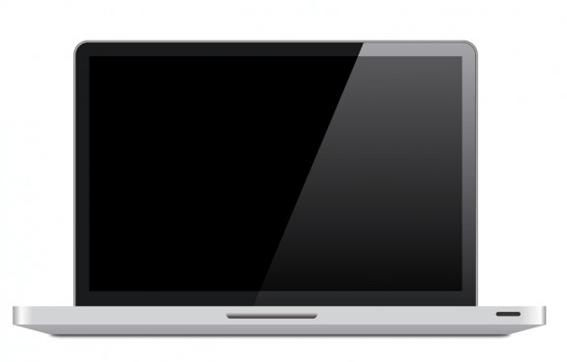
When the operating system fails to load, the MacBook Pro Black Screen appears in front of you. There can be a few different colors in addition to black like Blue and Grey screen. Whatever the screen colors the steps to resolve the MacBook Pro Black Screen issue are the same.
Step 1. The first step to resolve this MacBook Pro issue is to press and hold your Power button for around 10 seconds, and you will observe that your MacBook Pro shuts down. Try restarting and check if the issue persists.
Step 2. Boot your computer in Safe mode. This will automatically detect any boot problems and resolve them.
Step 3. The final step, if your MacBook does not load up and displays a black screen, would be to access the recovery mode and check the tools in the disk utility section.
Also Read: 5 Best Mac Optimizer Tool
11. MacBook Pro No Sound

If you do not hear any sound on your computer then there are a few steps, you can take to fix this MacBook Pro issue. Before troubleshooting, you must also ensure a few things like:
- The source file has an audible audio embedded into it.
- The MacBook Pro’s mute option is not enabled.
- The output devices like the Headphones, Earphones, and speakers are charged and working properly.
Once you ensure that the prerequisites are in order, then you can proceed to reset the sound controller. The steps to fix MacBook Pro No Sound issues are:
Step 1. Go to Finder and click on Applications and then Utility.
Step 2. In the Utility window, locate and launch Activity Monitor.
Step 3. Locate CoreAudio from the list and force quit this service.
Step 4. Launch iTunes and try to play any music. The sound drivers will automatically turn on.
Step 5. If you can hear the sound, then try to play your original file which did not produce the sound.
12. MacBook Pro Wi-Fi Not Working
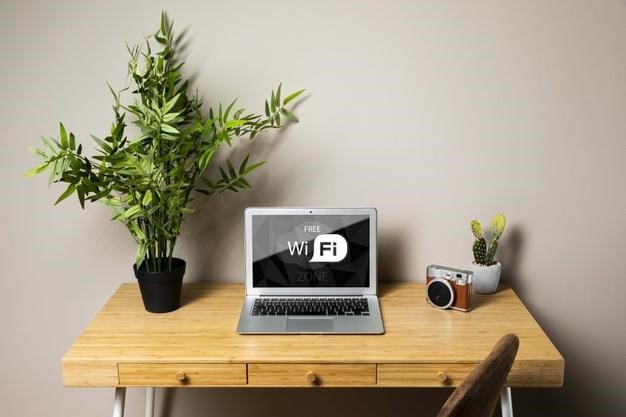
If you are no able to surf the internet on your system because you are facing MacBook Pro Wi-Fi not working, then you must first check if any other devices connected to the same network are able to connect. If not, then you need to contact your ISP, else follow these steps to fix this MacBook Pro issue:
Disclaimer: Follow these steps only if you know the password of your Wi-Fi network.
Step 1. Open System Preferences and click on the Network tab.
Step 2. Click on the Advanced button in the left bottom corner, and locate the list of Preferred Networks.
Step 3. Now click on the network that you want to connect and then click on the minus sign next to it. You might get a prompt and select Remove.
Step 4. This will ensure that your system forgets your preferred network and the name will disappear from the list of connections.
Step 5. Click on the Wi-Fi icon in the menu bar and search for your network SSID or Name. Click to connect and enter the password.
Your MacBook Pro will connect to the Internet.
Also Read: Top 10 Mac Temperature Monitors
Steps to Resolve the Most Common MacBook Pro Problems
Most of the Common MacBook Problems require three common steps to resolve, and they are listed below:
So, let’s begin with that first!
How to Reset SMC in MacBook Pro?
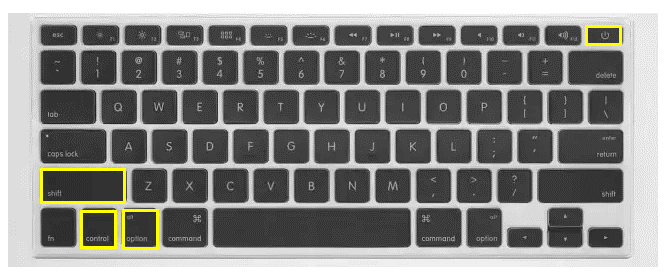
The System Management Chip or SMC is an electronic chip developed by Intel, especially for MacBook. It is responsible for the functions of LED indicators, keyboard, power buttons, cooling fans and other peripherals on your MacBook Pro. To reset the SMC for your MacBook Pro issues, follow these steps:
1. Power off your Mac.
2. Press and hold the right Shift key, the left Option key, and the left Control key along with the power button for 10 seconds.
3. Release all the keys and wait for further 10 secs and then restart your MacBook Pro.
How to Reset PRAM/NVRAM in MacBook Pro?
The NVRAM stands for Non-volatile Random-Access Memory and holds information about your MacBook Pro’s configuration and controls aspects such as date, time, desktop, volume. mouse and other control. It is known as PRAM in older MacBook versions and is the same thing and so are the steps to reset it.
1) Power off your Mac, wait for 10 seconds and then turn it back on.
2) Keep your fingers ready on the keyboard as you will have to press the command option p and r keys simultaneously just after you power on your MacBook pro.
3) Keep holding the keys until the computer restarts, and you hear the start-up sound for the second time. In newer MacBook pro, you will have to press and hold the keys until the Apple logos appear and disappear for the second time.
4) Release the keys.
Also Read: How to Speedup MacBook Pro: Make Your MacBook Pro Faster
How to restart your MacBook Pro in Safe Mode?
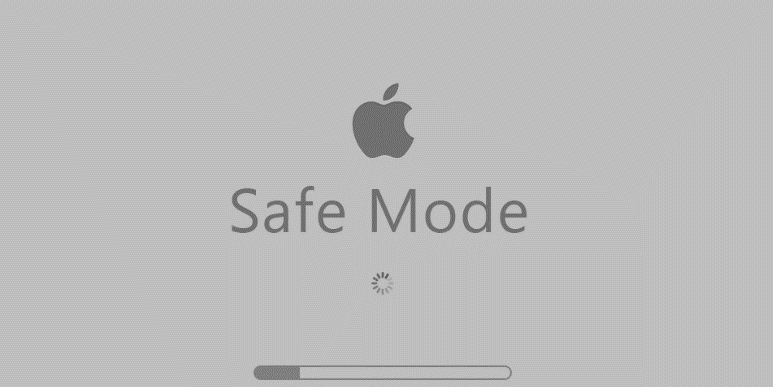
Booting your system in Safe Mode fixes most of the MacBook pro issues and problems. To reboot in Safe Mode, restart your MacBook Pro and hold the shift key until you see the login screen. Release the key and enter your credentials. To exits out of Safe mode, restart your computer without pressing any keys.
Wrap Up
That concludes the list of most common MacBook Pro problems that occur across the globe. These MacBook issues are not very serious and can be resolved with a few common steps. It is not advisable to visit the apple store for every MacBook Pro problem and invest time and money as most of them can be resolved by yourself at home. You can bookmark this page by pressing CTRL + D on your keyboard as you read or take a printout of all the steps for future use. If you feel that I may have missed one or two most common MacBook Pro problems, then make a note in the comments section, and I will provide you with a resolution for the same.


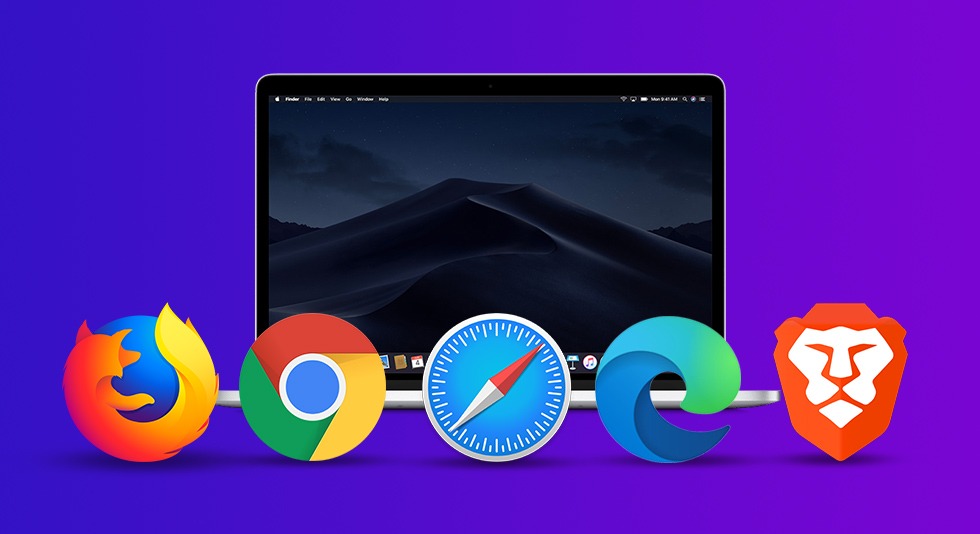 Best Browser For Mac in 2024: Fastest & Lightest
Best Browser For Mac in 2024: Fastest & Lightest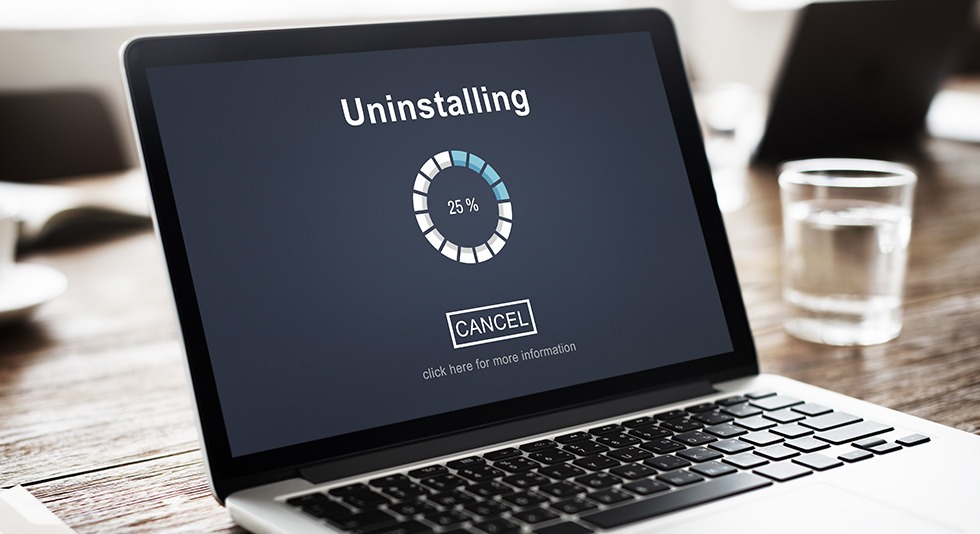 Best App Uninstaller For Mac In 2024
Best App Uninstaller For Mac In 2024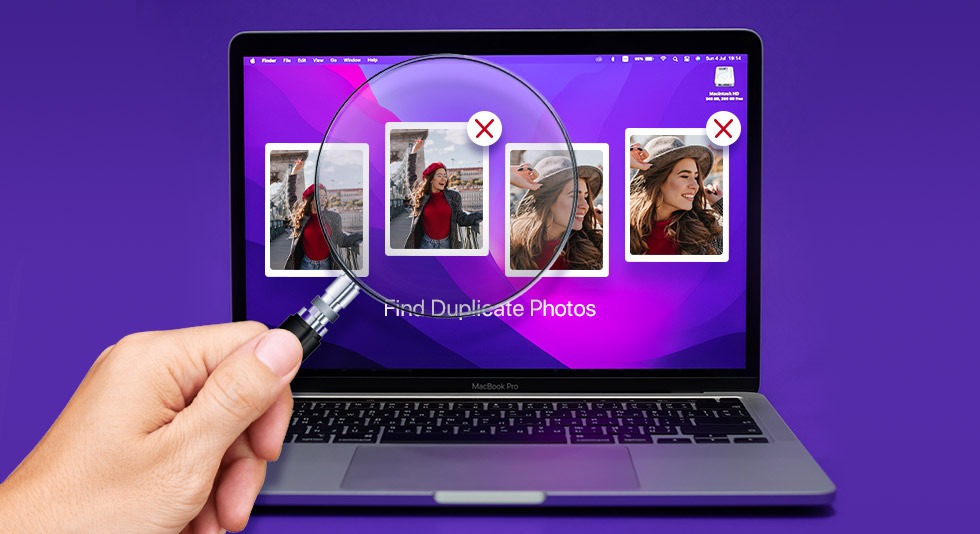 10 Best Duplicate Photo Finder For Mac 2024
10 Best Duplicate Photo Finder For Mac 2024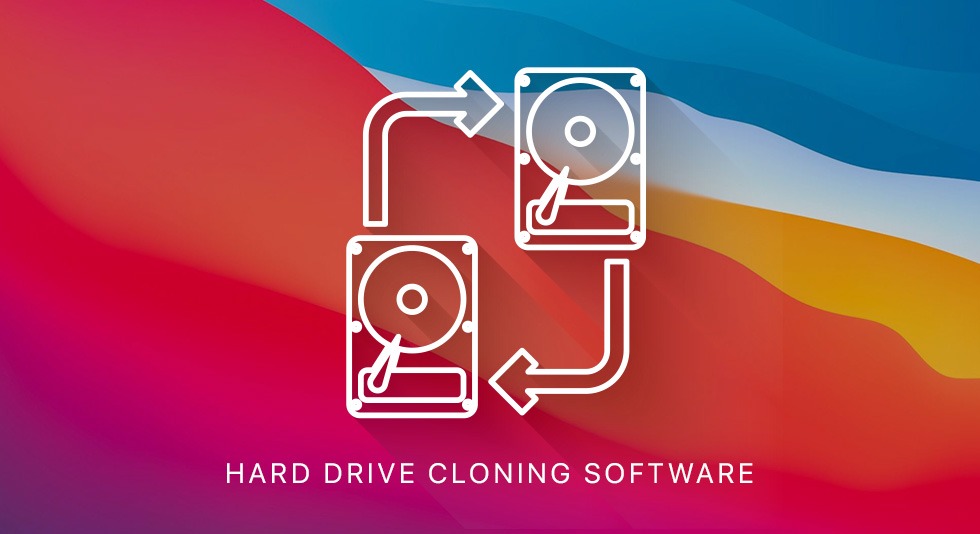 Best Mac Hard Drive Clone Software In 2024
Best Mac Hard Drive Clone Software In 2024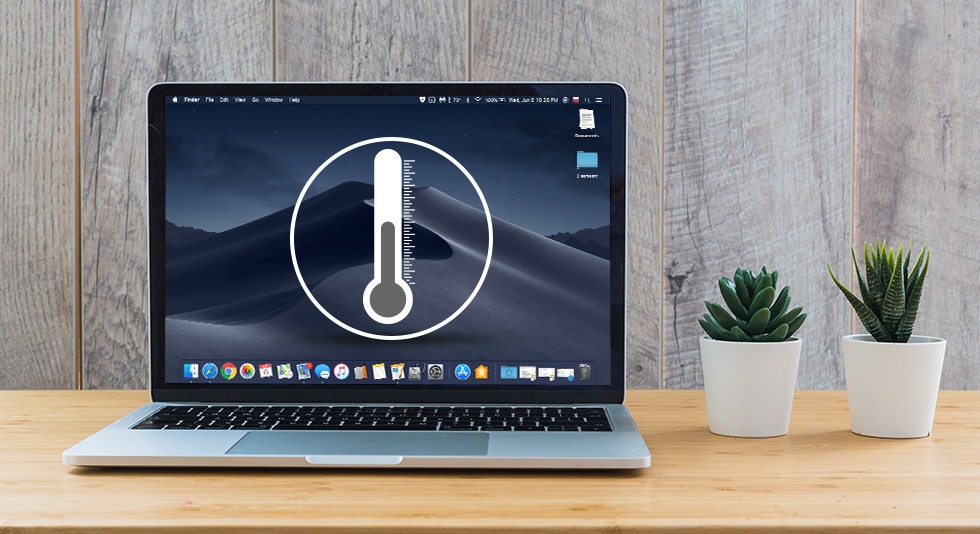 10 Best Mac Temperature Monitor Apps In 2024
10 Best Mac Temperature Monitor Apps In 2024